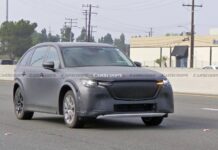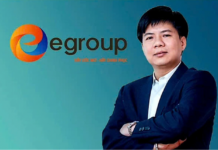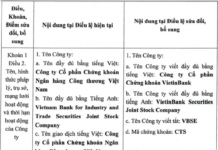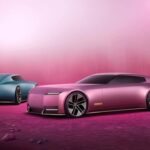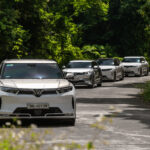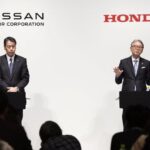
In this episode, host Đăng Việt and guest Quang Anh discuss the topic: Are luxury electric vehicles worth it without public charging stations?
In previous episodes, some guests mentioned that buying an electric car without access to charging stations is pointless. What are your thoughts on this matter?
I think this statement holds true for both mid-range and luxury car buyers, regardless of the brand. Tesla or Wuling, it doesn’t matter. Buying an electric car without a reliable charging solution can be a challenging endeavor.
However, we should approach this issue from a different perspective, considering the distinctions between the mid-range and luxury segments, encompassing both the customer profiles and the products themselves. The risks associated with a lack of public charging infrastructure are relatively lower for luxury car owners compared to those in lower segments.

Firstly, luxury car manufacturers tend to standardize their charging ports and infrastructure. They aim to cater to the majority of their customers and easily penetrate different markets. A prime example is Apple with its iPhone. Despite initially using proprietary charging ports, they eventually adopted the widely-used Type-C standard.
This illustrates that even companies with a strong brand identity ultimately conform to industry standards to ensure broad compatibility. Specifically, with electric vehicles, manufacturers might initially introduce exclusive charging solutions, but they will eventually gravitate towards widely-adopted standards. Thus, luxury car brands are likely to follow this path to avoid inconveniencing their clientele.
Secondly, I believe the risks associated with charging infrastructure for luxury car owners are relatively low. Typically, affluent individuals reside in private homes where they can easily install dedicated charging stations. Consequently, they become less reliant on public or third-party charging options. This scenario is particularly relevant for city dwellers or those who primarily use their vehicles for short-distance travel.
Thirdly, owners of luxury electric vehicles rarely need to worry about charging their cars. More often than not, they employ chauffeurs or dedicated staff to manage and take care of charging their vehicles.

Hence, the only time charging becomes a concern is when these individuals occasionally decide to take the wheel themselves and embark on a long-distance journey. However, I believe such instances are infrequent, as these individuals tend to have backup plans and alternatives to mitigate any potential risks. They may view electric vehicles as an additional option in their garage, alongside hybrid or conventional gasoline-powered cars.

Having interacted with many luxury electric vehicle owners and observed the market for a long time, can you share your insights on how the wealthy utilize these cars?
Based on my observations and experience, I’ve noticed that wealthy individuals who adopt electric vehicles can be categorized into three distinct groups. However, the common thread among them is that their journey with electric vehicles is often centered around the experience, and this experience varies across these groups.
The first group comprises individuals who directly embrace electric vehicles without any prior experience with alternative powertrains. They keep a close eye on market trends and opt for electric vehicles that align with their financial means, aesthetic preferences, and practical needs.
This group tends to make their purchases without extensive research. They are often motivated by a desire to stay abreast of societal trends and showcase their environmental consciousness or affinity for cutting-edge technology.
The second group includes individuals who have gradually progressed through different stages of electrification. They have likely owned conventional gasoline-powered cars, mild hybrids, full hybrids, plug-in hybrids, and finally, pure electric vehicles.
The plug-in hybrid stage serves as a crucial stepping stone, as it introduces them to the unique driving experience of electric propulsion. Over time, they develop a preference for this quiet and efficient mode of transportation, ultimately leading them to embrace fully electric vehicles.
The third group consists of individuals who gain exposure to electric vehicles indirectly through the experiences of others. A common scenario is parents gifting electric cars to their children or spouses surprising their partners with electric vehicles. These individuals often opt for small, easy-to-manage electric cars as gifts.
Through observation and indirect experience, they develop an understanding of the advantages and disadvantages of electric vehicles. This knowledge then informs their decision to potentially transition to electric vehicles in the future.
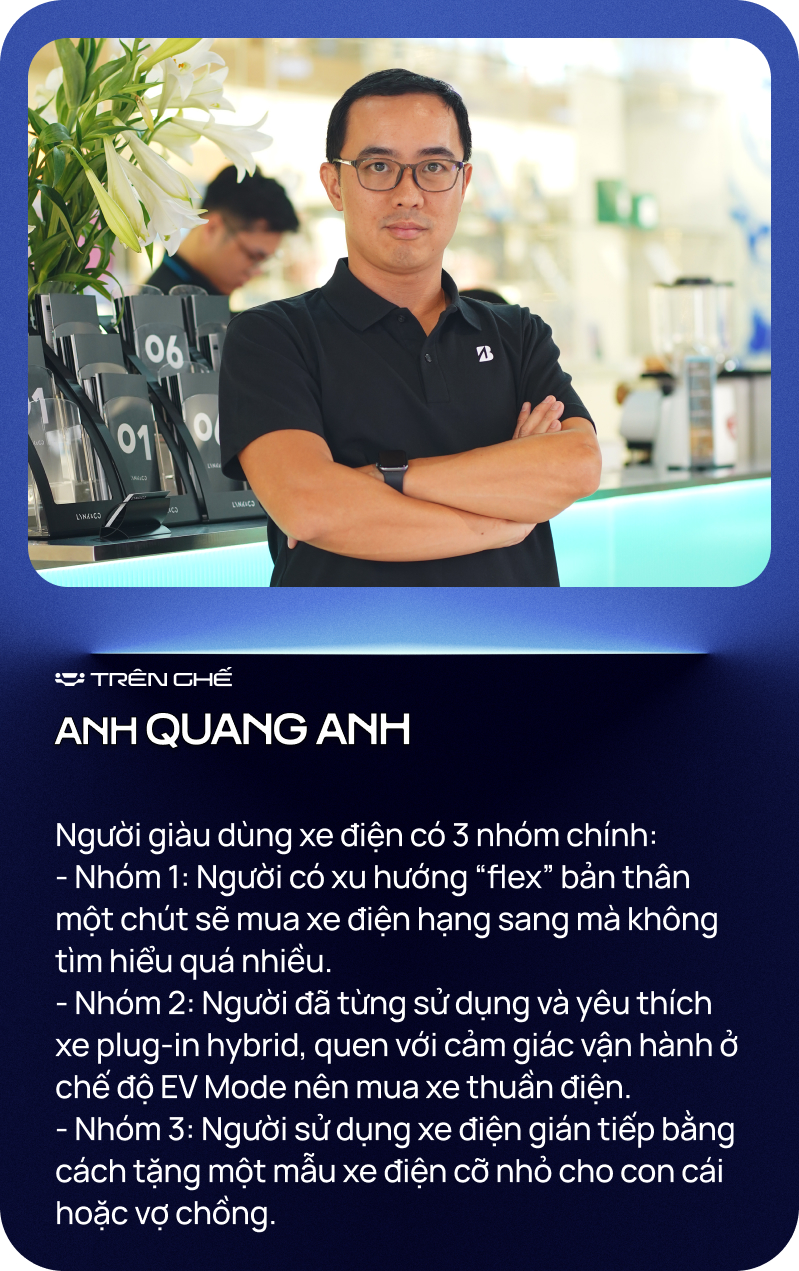
Luxury car brands in Vietnam are likely aware of these insights. Why, then, are they still hesitant to fully embrace electric vehicles in the Vietnamese market?
The first factor contributing to their hesitation, in my opinion, is the perception that the timing isn’t quite right. On a global scale, automotive manufacturers are cautiously approaching the transition to electric vehicles. Even established automakers are pausing or reevaluating their strategies regarding electric vehicle development.
Volvo, for instance, initially demonstrated a strong commitment to electrification but has since introduced only three electric models: the EC40, EX90, and EM90. Similarly, Mercedes-Benz has discontinued its EQ electric vehicle sub-brand and is exploring new directions.

From a customer perspective, there is a valid concern about being “left stranded.” Luxury car brands risk losing the trust of their clientele if they aggressively push electric vehicles in Vietnam and then abruptly discontinue those models. This could lead to customers losing faith not only in their electric offerings but also in their conventional gasoline or hybrid vehicles, potentially driving them into the arms of competitors.
Additionally, from the automaker’s perspective, such a scenario would entail significant marketing and operational challenges, requiring them to navigate a complex landscape of planning and promotional activities.
From another standpoint, I believe that luxury electric vehicle brands in Vietnam are missing a crucial element: a “gateway” product. These are typically smaller, more affordable electric vehicles that serve as an introduction to the brand and technology. In the lower segments, VinFast has successfully employed this strategy with their VF 3 and VF 5 models, which are reasonably priced and accessible to a broader range of consumers.
In the luxury segment, however, such offerings are scarce. Currently, the most affordable luxury electric vehicle in Vietnam is the Volvo EC40, priced at 1.739 billion VND, followed by the Mercedes-Benz EQB. Other options are significantly more expensive, deterring potential customers who wish to dip their toes into the world of luxury electric mobility. It’s understandable that automakers struggle to decide which models to introduce, given the limited availability of electric vehicles across various price points, even in more developed markets.

The current market only offers two accessible luxury electric vehicles, which isn’t sufficient to cater to the diverse needs of affluent customers. Moreover, in the higher echelons of the luxury segment, there is a lack of direct electric vehicle counterparts to popular gasoline-powered models. For instance, a customer enamored with the Mercedes-Maybach S 680 may struggle to find a comparable electric vehicle, dissuading them from making the switch.
Consequently, if luxury brands were to introduce a plethora of electric vehicle models in Vietnam at this juncture, their sales performance would likely be underwhelming. Furthermore, doing so would necessitate significant adjustments to their operational strategies and marketing efforts, potentially burdening their organizations.
Who, then, are the customers willing to invest a substantial sum in a luxury electric vehicle? And which brands are targeting these individuals?
As I mentioned earlier, luxury electric vehicle buyers can be categorized into three groups based on their experiences and approaches. However, when considering automotive brands, we can divide them into two primary groups.
The first group comprises brands such as Mercedes-Benz, BMW, Audi, and Porsche. These brands have already established a diverse portfolio of products that their customers have experienced. They target the first group of buyers, who are eager to embrace the latest innovations and trends. These individuals are drawn to performance-oriented vehicles that offer an engaging driving experience.
The second group revolves around Volvo. They cater to the second category of buyers, who have gradually progressed through different stages of electrification. Volvo has been offering plug-in hybrid models in Vietnam for several years, allowing customers to become familiar with electrified powertrains. Additionally, Volvo offers a reasonably priced small electric vehicle, making it a compelling option for those exploring electric mobility.

Thank you for sharing your valuable insights.
China Launches Another Car Carrier Vessel Bound for Europe: Nearly Two Football Fields in Length, with a Capacity of 7,000 Vehicles
This is the second car carrier vessel from Chinese brand BYD, and it’s an impressive feat of engineering. With a focus on innovation and a commitment to sustainability, BYD is taking on the automotive industry by storm. This new vessel showcases their expertise and ambition, offering a glimpse into the future of automotive transportation.
The All-New Jaguar: A Controversial Beauty Unveiled. A Unique Design with a Hidden Screen and an Impressive 770km Range.
The design language of the new era for Jaguar is truly unique and stands out in the current market. With a bold and distinctive style, Jaguar has crafted an aesthetic that is instantly recognizable and sets a new standard for automotive design. The sleek and modern lines of their vehicles are an evolution of their classic look, combining heritage with innovation to create a truly iconic brand identity.
The Slow Fade: How Chinese Cars are Stealing the Asian ‘Stronghold’
Once a dominant force across Asia, this country’s automotive industry is now facing stiff competition from affordable Chinese alternatives.




